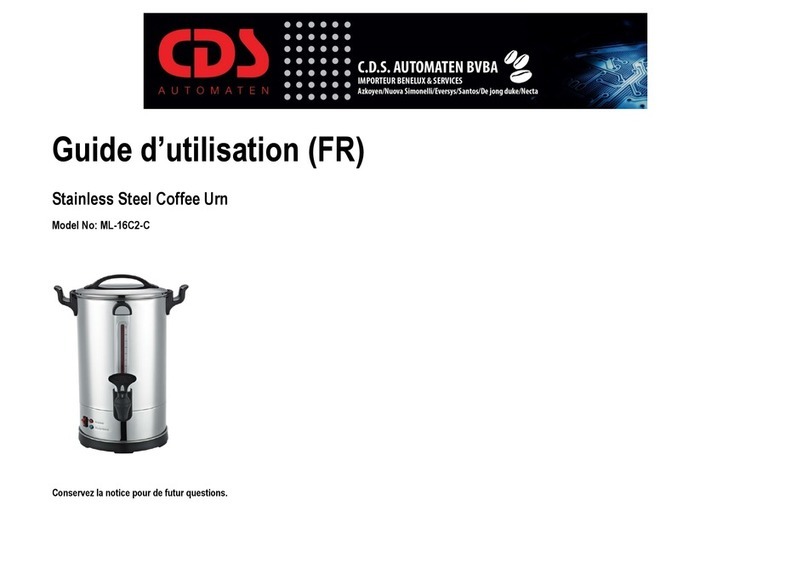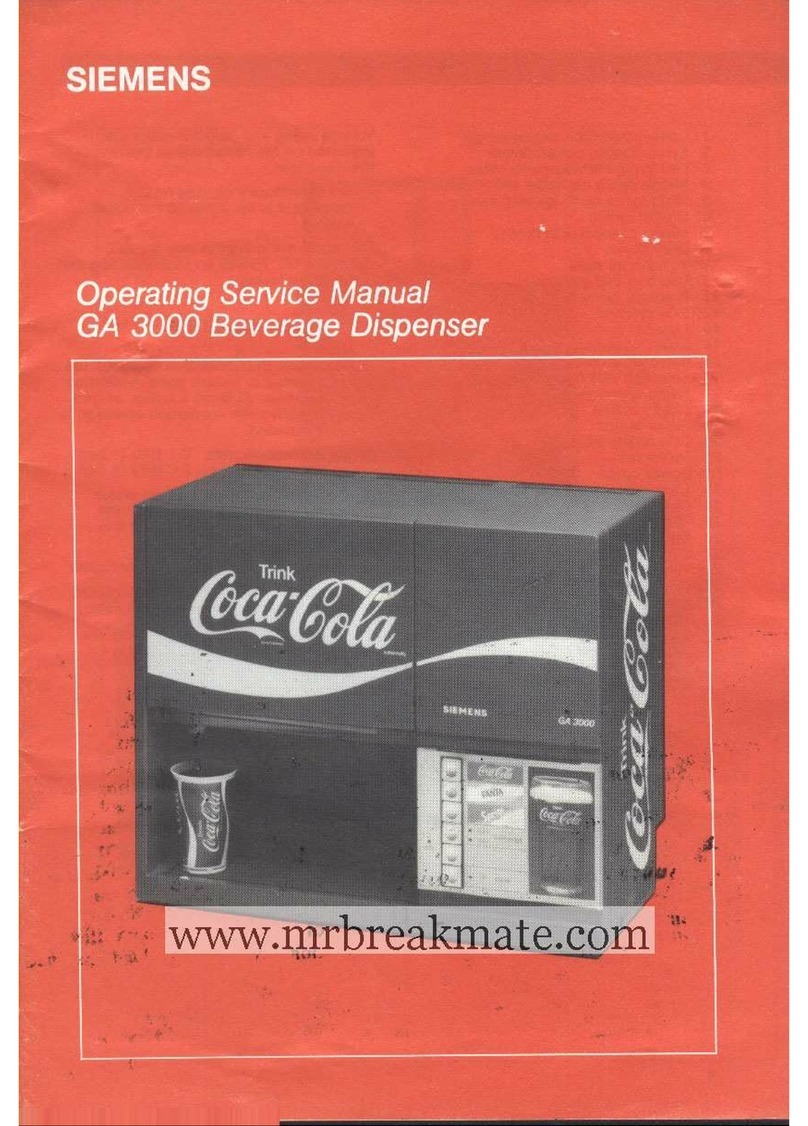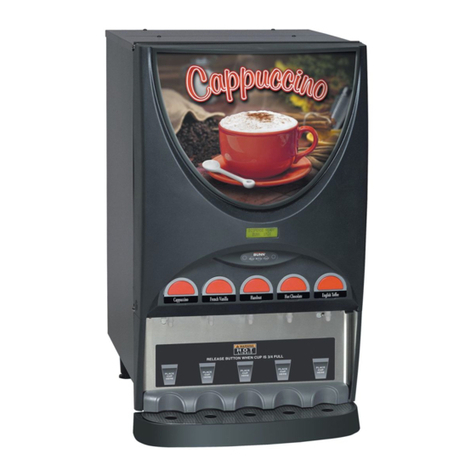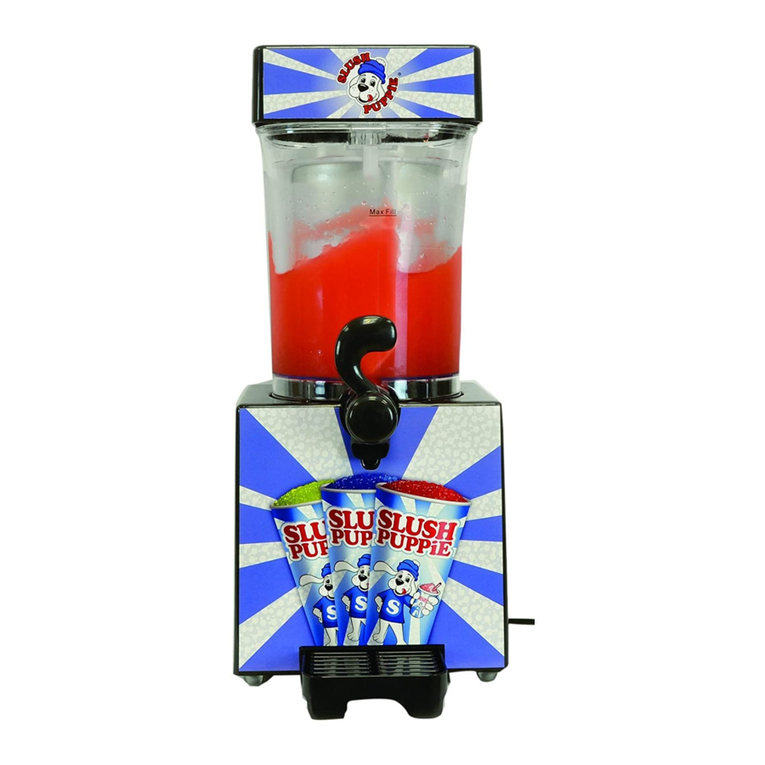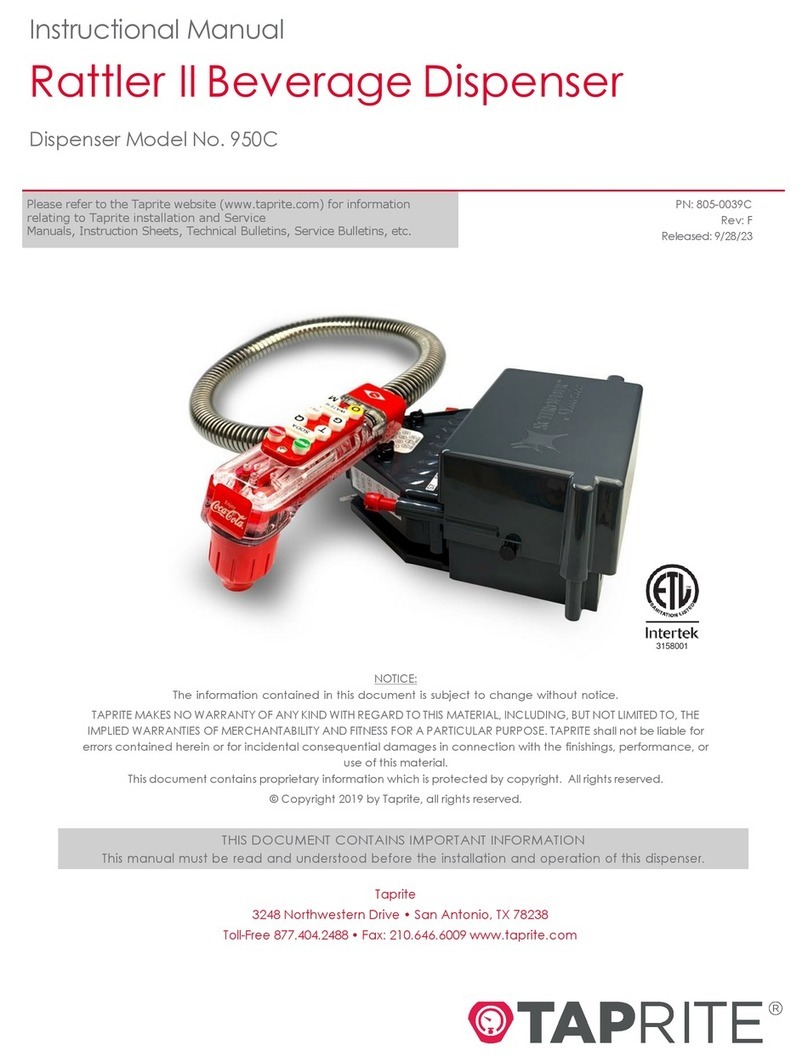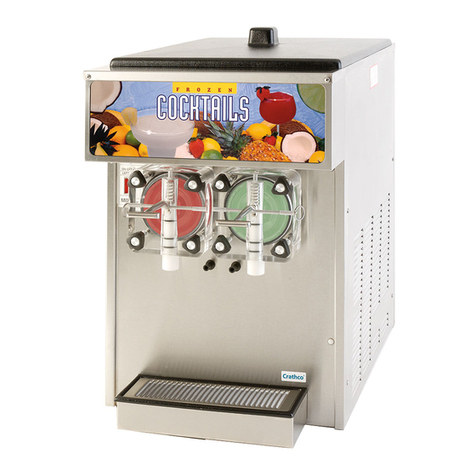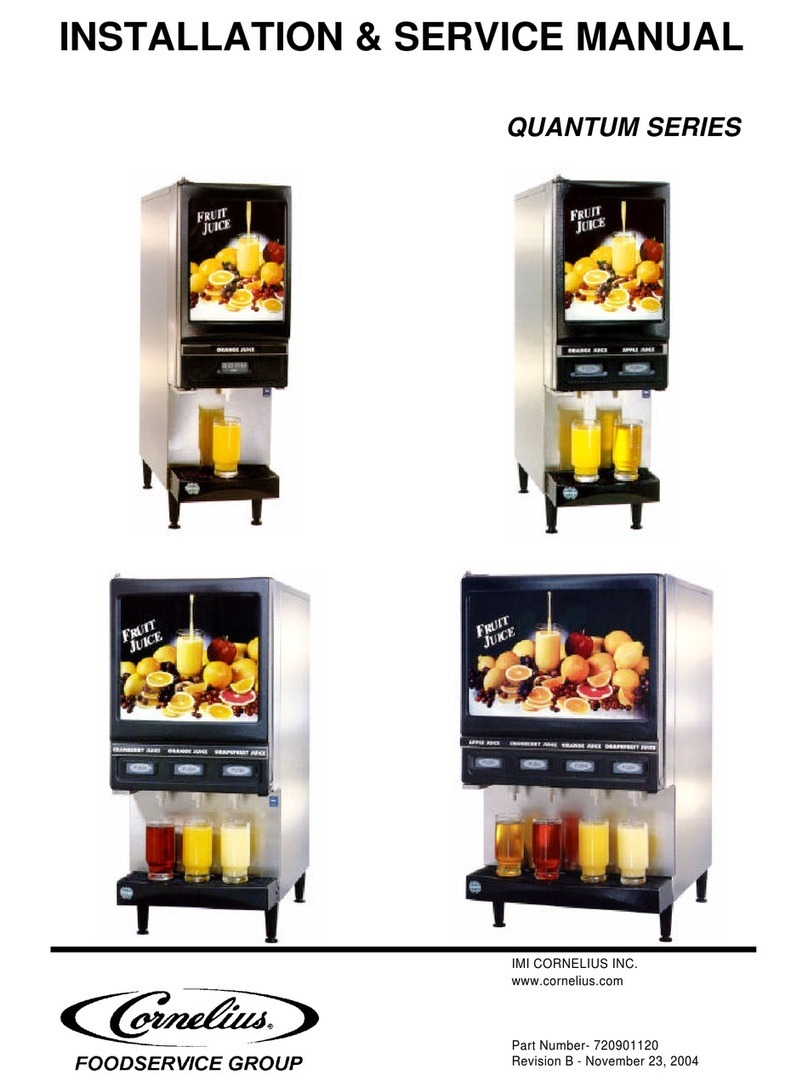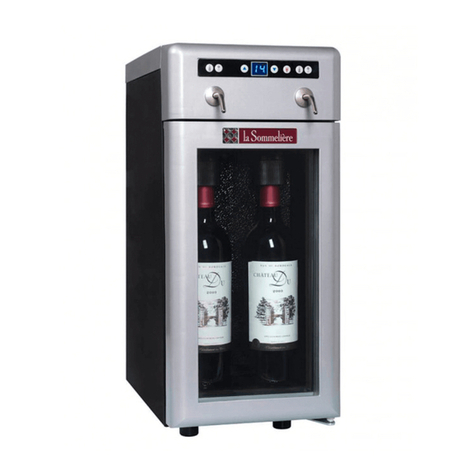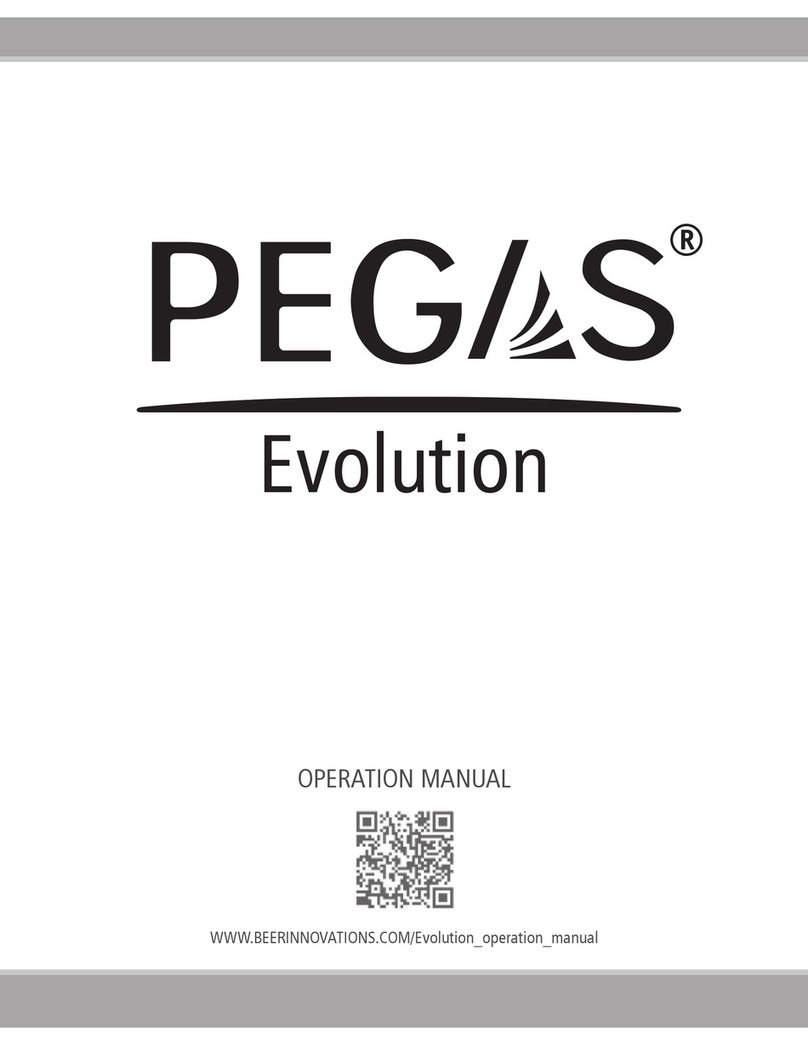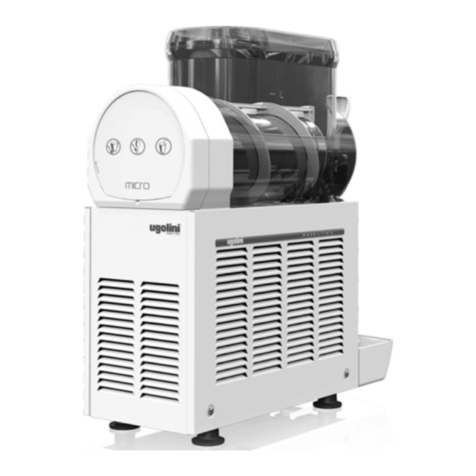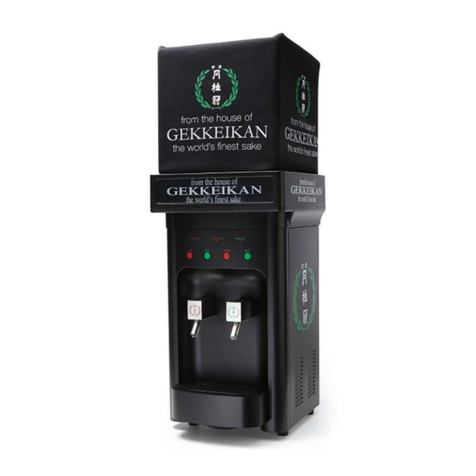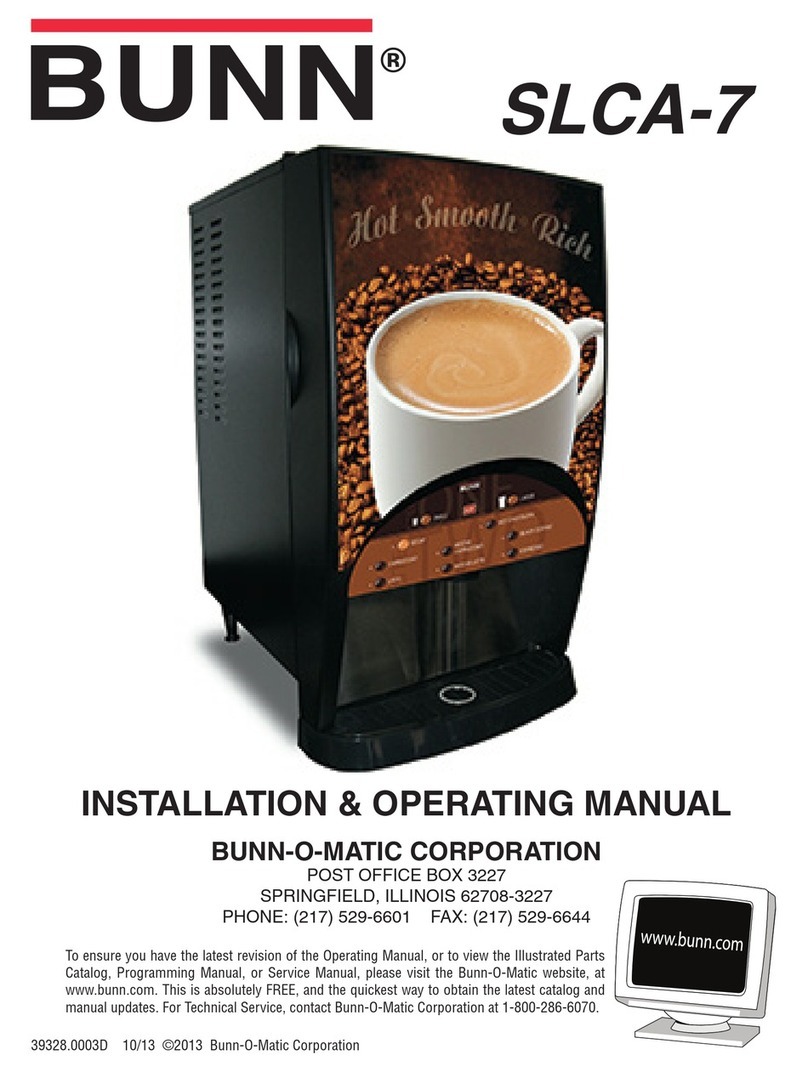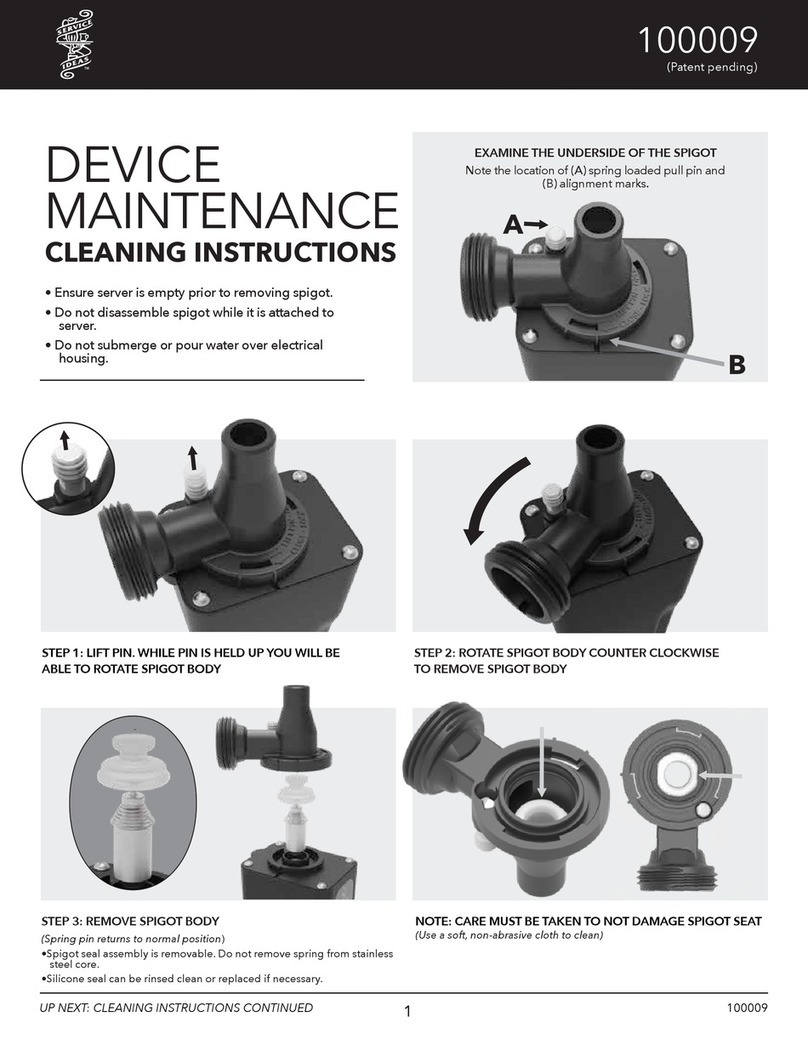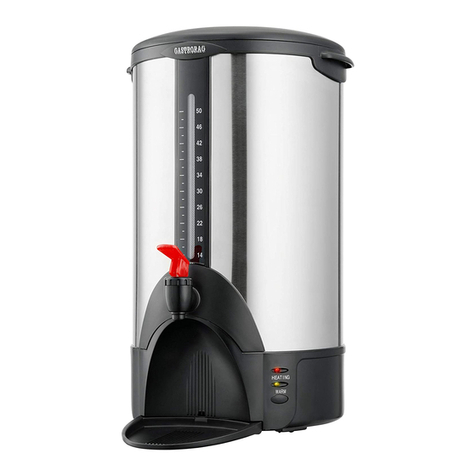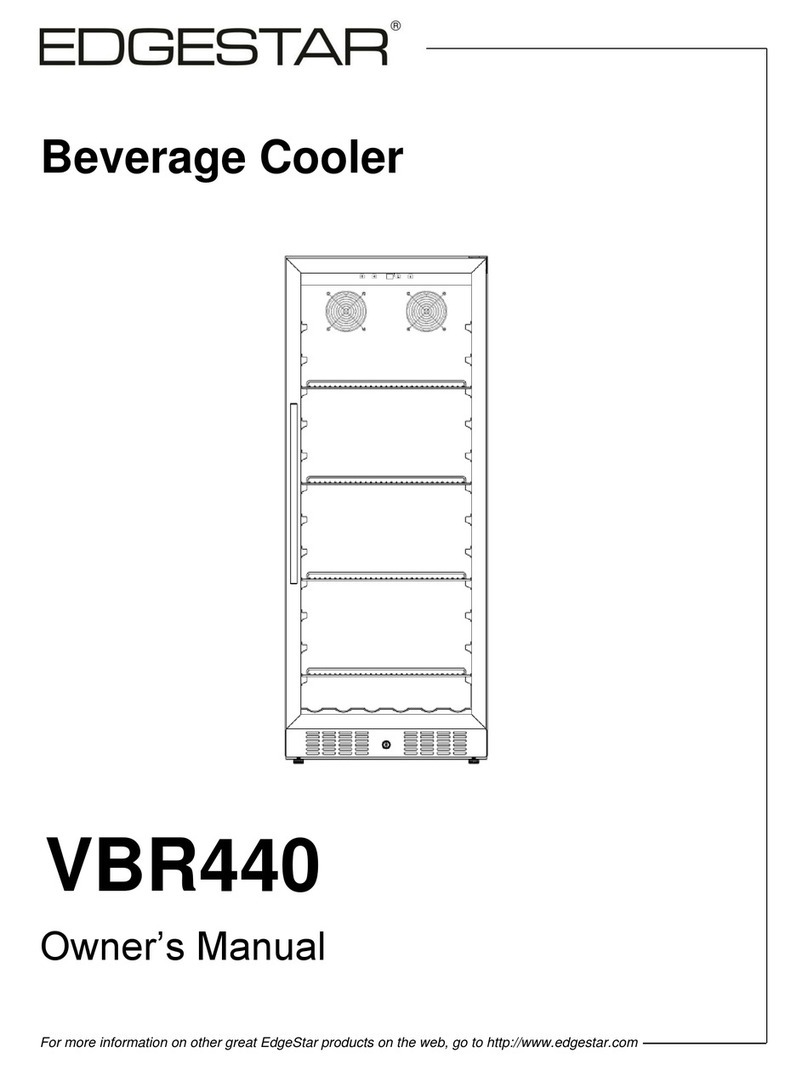
Installation Instructions
3
2. Installation Instructions
This section applies to all Everest products. Correct installation ensures proper performance and
longevity of your appliance. Professional installation by a trained refrigeration technician and
electrician is recommended. Warranty is void if the following guidelines are not met.
1. Inspect for any freight damage upon delivery
of the unit. If damage is detected, immediately
report it to an Everest representative. Everest is
not responsible for damage that occurs during
shipment.
2. Keep the unit upright at all times. The
compressor contains oil, refrigerant, lubricants,
and various chemicals. When tilted, these fluids
may shift and travel to sections where they
don’t naturally occur. This will lead to system
contamination and compressor failure.
3. Some units require caster installation for
proper performance. Visit our website at www.
everestref.com and enter your product’s model
number in the search field to determine its caster
requirements.
4. If the unit is not equipped with casters or legs, it
must be sealed directly to the floor to prevent the
accumulation of dirt and debris. Apply sealant on the
expansion gap between the unit's edge and floor and
allow for 24 hours to air-dry before use.
5. Do not place your hands under the unit when
moving it to avoid injury from sharp edges,
protruding parts or weight impact.
6. Select a location with good air ventilation.
Poor ventilation rapidly increases ambient
temperature. High ambient temperatures
exceeding 86°F (30°C) promote excessive
compressor activity in order to maintain the
desired cabinet temperature. This will result in
decreased performance, advanced component
failure, and the risk of fire.
7. Select a location away from heat-generating
equipment such as stoves, ovens, etc. Heat sources
rapidly increase the temperature of the immediate
vicinity. High temperatures exceeding 86°F (30°C)
promote excessive compressor activity in order
to maintain the desired cabinet temperature. This
will result in decreased performance, advanced
component failure, and the risk of fire.
8. A distance of 6” is required for back side and
left side clearance. This ensures proper ventilation
and prevents overheating which can lead to
advanced component failure and the risk of fire.
9. Select a location with a hard, leveled surface.
Use a leveling tool on the unit to ensure proper
alignment. Proper door function and condensate
removal is dependent on accurate balance.
Install the front leg stabilizers for units that come
standard with it to ensure proper door / drawer
functions and unit stability.
10. Select a location close to an electrical wall
outlet to ensure direct connection without the use
of extension cords.
11. Select a location away from severe moisture
conditions. This may compromise the unit’s
electrical components and lead to electrical
shocks or the risk of fire.
12. Select a location that will not expose the
unit to extremely dusty conditions. Environments
with high dust and debris content will significantly
hasten condenser coil and condenser coil air
filter blockage and will result in decreased
performance, advanced component failure, and
the risk of fire.
13. Do not build an enclosure or cabinet around
the unit. This will restrict air ventilation resulting
in elevated compressor activity, decreased
performance, advanced component failure, and the
risk of fire.
14. The unit is not intended for use in food trucks.
Limited space, lack of ventilation, and ambient
temperatures exceeding 86°F (30°C) typical to this
setting will result in elevated compressor activity,
decreased performance, advanced component
failure, and the risk of fire.
15. The unit is intended for indoor use only.
Outdoor use will cause a decrease in performance,
advanced component failure, and the risk of fire.
16. Ensure that the draft assembly is installed
before turning on the equipment. Refer to Chapter 2
for proper installation guidelines.
